detail profile ignacio masllorens
Peran Yang Di Mainkan Ignacio Masllorens
 The second installment of the adventures...
The second installment of the adventures...Popular tradición de esta tierra 2024
The second installment of the adventures of the Corsini Commando takes us this time to the Pampas plain, where Corsini grew up and forged a vision of the world that would accompany him throughout his life. The result of this excursion is an erratic wandering through the landscapes of the Homeland, its paradoxes and its ghosts: A land dreamed of by a newly arrived foreigner who imagined for himself a gaucho destiny that would never become completely real. Now then: is that not, in the end, the destiny of all things?
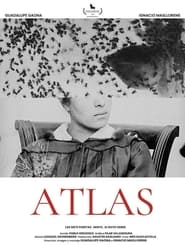 In 1899 German neurobiologist Christofredo Jakob arrived...
In 1899 German neurobiologist Christofredo Jakob arrived...Atlas 2021
In 1899, German neurobiologist Christofredo Jakob arrived in Argentina to conduct his research at the Hospital de las Alienadas, an insane asylum for women. More than a century later, in a semi-abandoned ward of what is now the Hospital Moyano, the traces of that experience appear in the form of brains and heads preserved in formaldehyde, stuffed animals and photographs from the patients who inhabited the hospital.
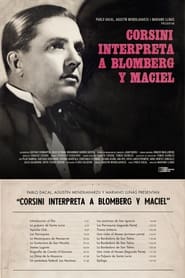 On 9 July Argentinas Independence Day Llins...
On 9 July Argentinas Independence Day Llins...Corsini Sings Blomberg & Maciel 2021
On 9 July – Argentina’s Independence Day – Llinás sets off in Buenos Aires with his regular cameraman Agustín Mendilaharzu to re-record ‘Corsini interpreta a Blomberg y Maciel’, an album made in 1929 by lyricist Hector Pedro Blomberg and composer Enrique Maciel, as an ode to Juan Manuel de Rosas, leader of the Argentine Confederation.
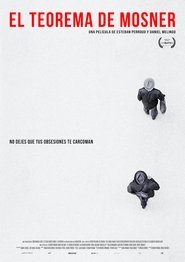 A mirror game between reality and...
A mirror game between reality and...Mosner’s Theorem 2021
A mirror game between reality and fiction about the creative blocking of a troubled artist. Ricardo Mosner exists, but his character transcends the documentary world. We also see musician Daniel Melingo, the film’s director and co-star, transformed into a ghostly vagabond in the city. The camera captures these specters’ roaming like images of a digital canvas. There is wine, loneliness, parties and sunrises of bourgeois bohemians. The film encrypts its indomitable value in exposing how you can paint an audiovisual picture under the influence of this century’s events and variations. In the end, the film is an act of combining brushes and colors with precision in order to depict a happy reunion in exile.
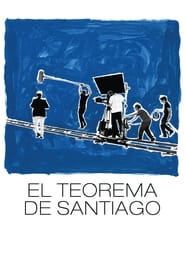 In 1969 Argentine filmmaker Hugo Santiago directed...
In 1969 Argentine filmmaker Hugo Santiago directed...Santiago's Theorem 2016
In 1969 Argentine filmmaker Hugo Santiago directed Invasión, his opera prima, written by Jorge Luis Borges and Adolfo Bioy Casares, and later settled in France. This film documents his return to Buenos Aires in 2013 to shoot his latest film, Le ciel du centaure.
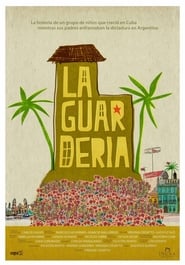 There was a time in Argentina...
There was a time in Argentina...Our House in Cuba 2015
There was a time in Argentina, not so long ago, when the army wasn't only one, official, but many and made up by civilians. In those times of courageous youths determined to fight to the death for that cause upheld around Peronism as wll as some left-wing postulates, revolutionary Cubas was a beacon of hope in the world scheme -a Montonero nation. "A House in Cuba" seeks to recover the curious adventure of a couple of Montonero parents and their small children, who were lovingly sent into exile in order for their parents to take up arms.
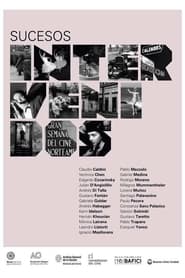 The omnibus feature SUCESOS INTERVENIDOS consists...
The omnibus feature SUCESOS INTERVENIDOS consists...Intervened Events 2014
The omnibus feature SUCESOS INTERVENIDOS consists of shorts by a who’s who of Argentine documentary and experimental-film giants, including Edgardo Cozarinsky and Gustavo Fontán but also Claudio Caldini, Andrés Di Tella and Gabriela Golder. Each one of them created a piece of a few minutes in length using archival footage from SUCESOS ARGENTINOS (“Argentine Events”), a popular newsreel series from 1938 to 1972 whose episodes have recently begun to be digitized by Buenos Aires’s “Pablo C. Ducrós Hicken” Film Museum.
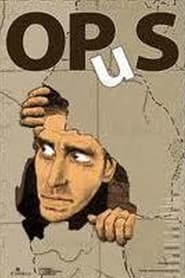 In July 2002 an American Producer comissions...
In July 2002 an American Producer comissions...Opus 2005
In July 2002, an American Producer comissions director Mariano Donoso a documentary on the state of Education in San Juan, the province where he was born. On the first day of filming, a teachers’ strike begins, paralyzing classes in the whole province, and – indirectly – the film itself. Donoso consequently embarks on an odyssey (which is sometimes funny and sometimes sad), through the past and present of his homeland. Stikes, claims, Sarmiento, the earthquake, the province’s bureocracy and its relationship with Buenos Aires, and finally, the desert, await for Donoso in his venturesome journey.
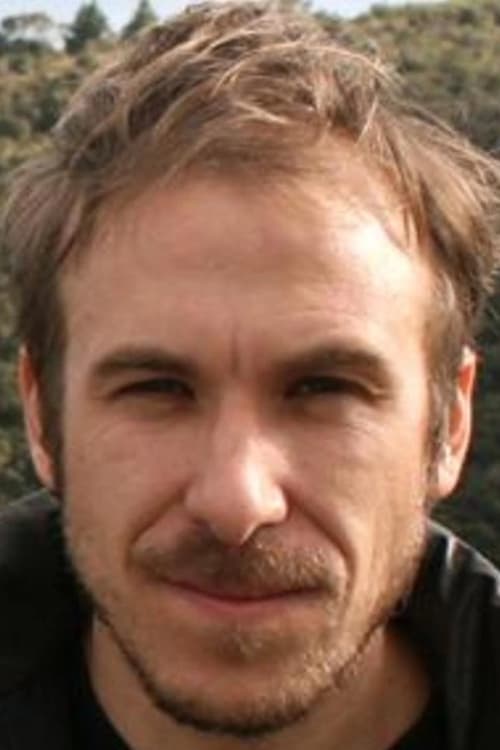
 From her encounter with Eva Pern...
From her encounter with Eva Pern...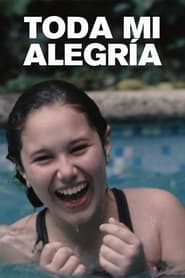 1997 Christmas eve Camila gets in touch...
1997 Christmas eve Camila gets in touch...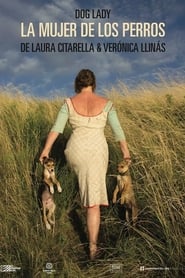 The protagonist of Dog Lady is...
The protagonist of Dog Lady is...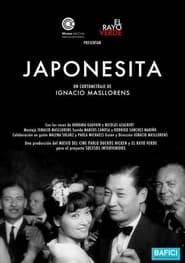
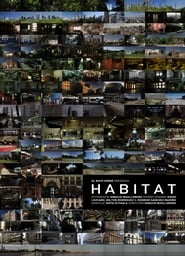
 X arrives in a small town...
X arrives in a small town...